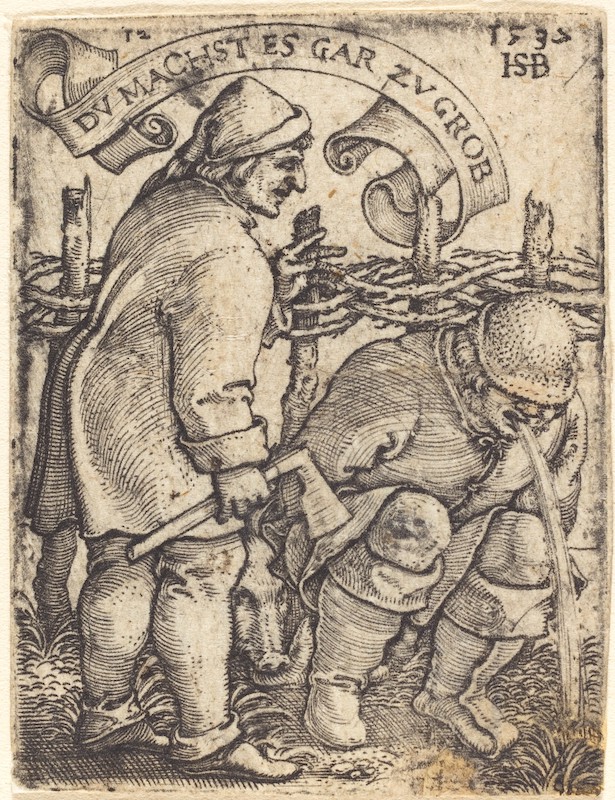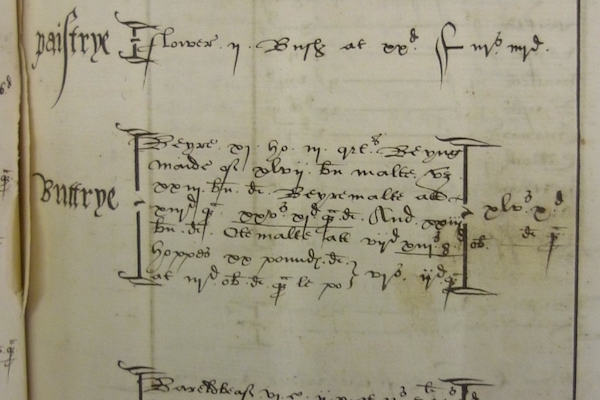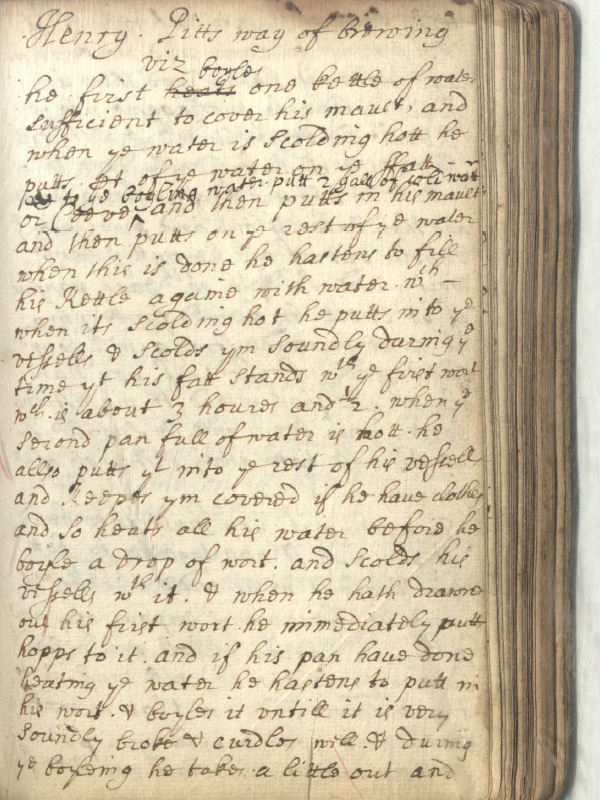There is much we still don’t know about beer in the sixteenth and seventeenth centuries. Historians of food and drink have produced a huge amount of research that explores its deep and complex importance to everyday life. But what did that beer look and taste like? How much alcohol did it contain? How nutritious was it? Though some researchers have tried to answer these questions using the written records left behind by brewers, they have typically made assumptions based on modern ingredients, equipment and techniques. For the first time, FoodCult reconstructed as accurately as possible the process of early modern brewing. In collaboration with historical brewer Marc Meltonville, we carefully selected the grains, built a brewery, made beer to a recipe from Ireland in the 1570s, and analyzed the results. Combining craft, microbiology, brewing science, archaeology as well as history, this was the most comprehensive interdisciplinary study of beer in the past undertaken to date.

Across early modern Europe, beer was consumed regularly and in great quantities. In contemporary understandings of diet, fermented drinks were believed to keep the body in balance and aid digestion. Beer in particular was seen as liquid nourishment, ideal for sustaining hard work. Swilled down at mealtimes, at festivals, or relaxing with neighbours in the alehouse, it also greased the wheels of sociability. From the late medieval period, the brewing industry expanded and became increasingly sophisticated. The beer itself was changing too: the introduction of hops, a fashion that started in the Low Countries, created a bitter drink akin to what we know today.

We have plenty of detailed, documentary evidence of beer-drinking in Ireland. Both English and Irish soldiers were provided with drink as part of their rations. In the mid-sixteenth century, the stonemasons employed at Dublin’s Christchurch cathedral may have each received more than 10 pints a day alongside their meals. Around 26,000 gallons were consumed per year at Dublin Castle in the 1570s – which works out to roughly 5 pints each day for every member of the lord deputy’s household. The brewing records for the Castle during the deputyship of William Fitzwilliam (see right) are exceptionally rich and were a central source for the project.

Northamptonshire Record Office, Fitzwilliam Manuscript 51. Reproduced with permission of Sir Philip Naylor-Leyland Bt and Milton (Peterborough) Estates Company.
While the Fitzwilliam records tell us what went into the beer – malted barley, malted oats, and hops – they reveal little about how it was brewed. The first brewing directions specific to Ireland that we have found come from a late-seventeenth-century kitchen book belonging to the Bishop of Down’s steward, which includes instructions from an unknown man named ‘Henry Pitt’ (see below left). Our brewer, Marc Meltonville, pieced together the contemporary processes from print and manuscript records from England around the same time, along with images and material remains. This included using previously unstudied notes from Elizabethan courtier Hugh Plat to work out how much water was needed to brew a given volume of beer, a critical step for ascertaining the strength and qualities of what contemporaries were drinking.

PRONI, D2056/1. Reproduced with permission of the Deputy Keeper of the Records, Public Record Office of Northern Ireland.
Brewers made different types of beer. At the Castle, we know drinkers consumed ‘strong beer’ and ‘ordinary beer’ (elsewhere, we know an even lighter beverage known as small beer was occasionally produced). We decided to make an ordinary or middle beer, because it was the most widely consumed beverage in the household and so representative of everyday drinking. We settled on a recipe from Dublin Castle in May 1574, scaling it down to produce around 25–28 gallons (see right). For the experiment, we planned to repeat this Castle recipe three times – each brew takes a whole day – and carry out a further two runs, one testing the historical equipment with modern ingredients and another using only heritage barley malt and no oats.
Dublin Castle beer recipe, week ending 15 May 1574*
Barley malt — 1 bushel
Oat malt – 1 bushel
Hops – 12 ounces
Water – c. 36 gallons
Will produce c. 25–28 gallons of beer
* Scaled down from weekly production of 635 gallons

